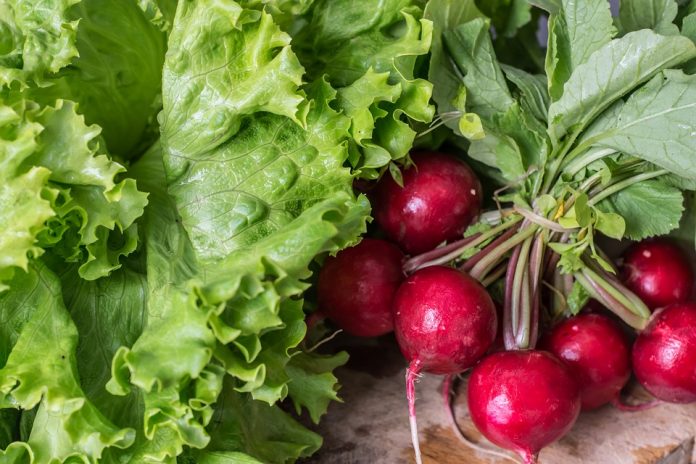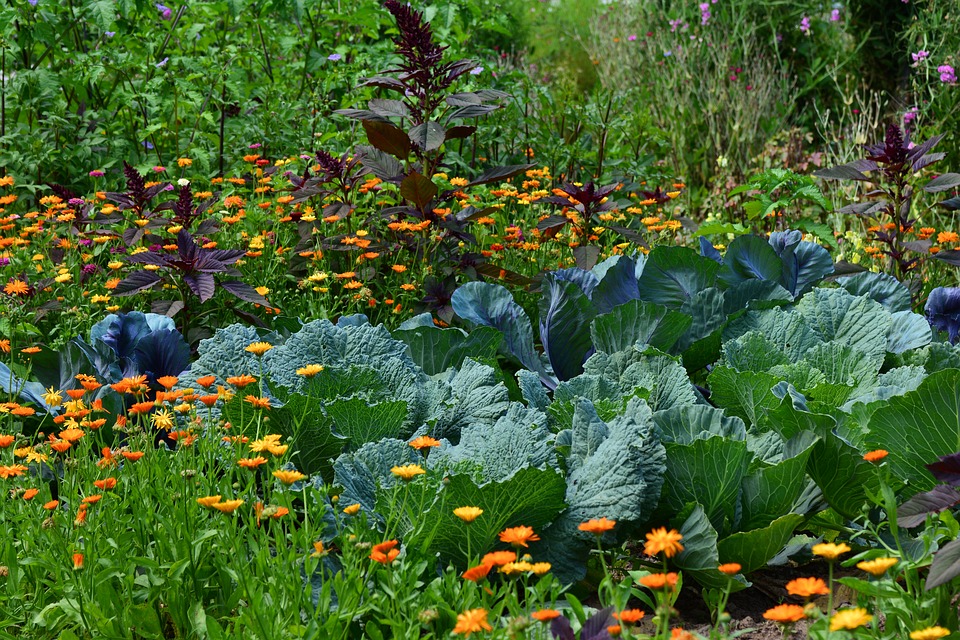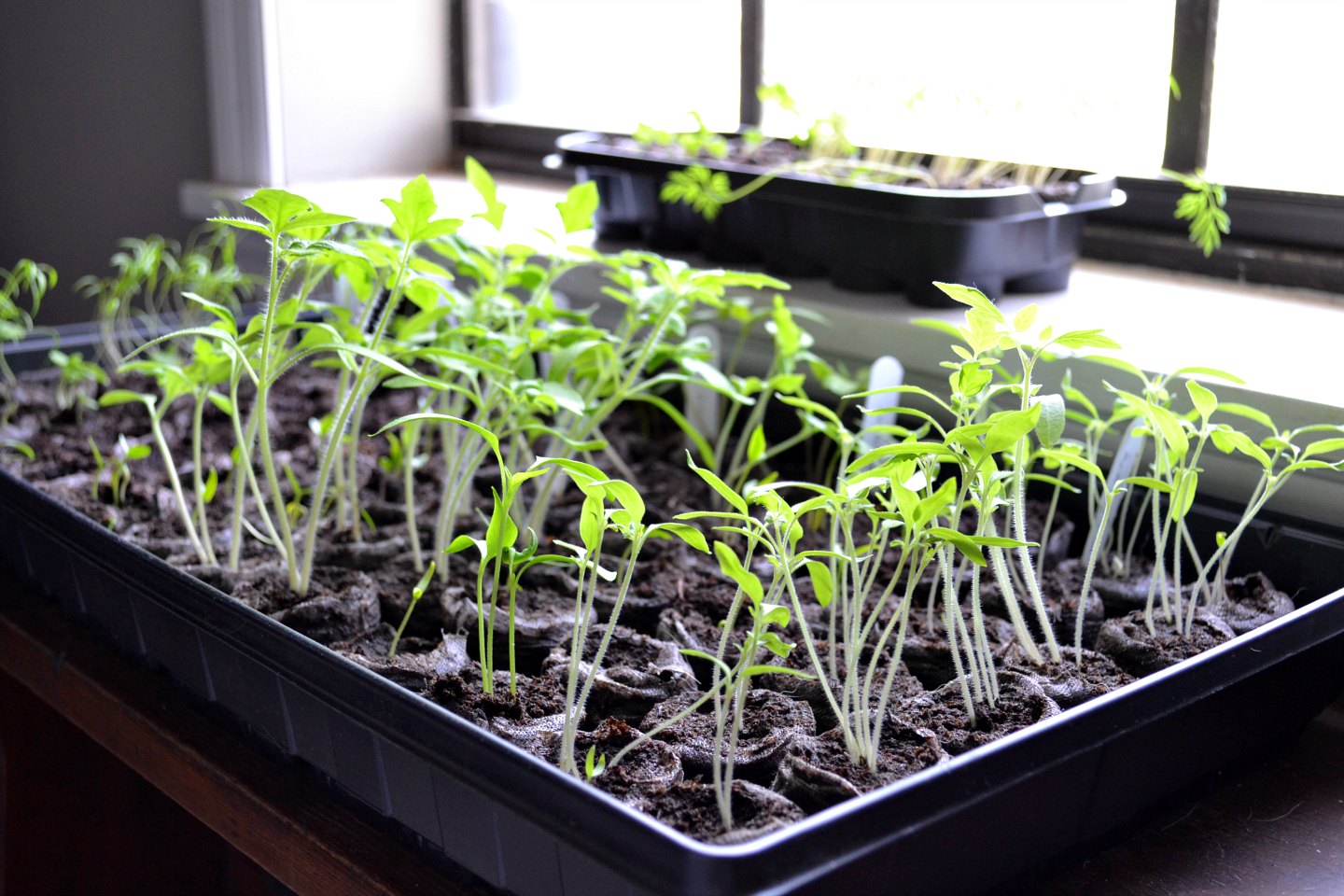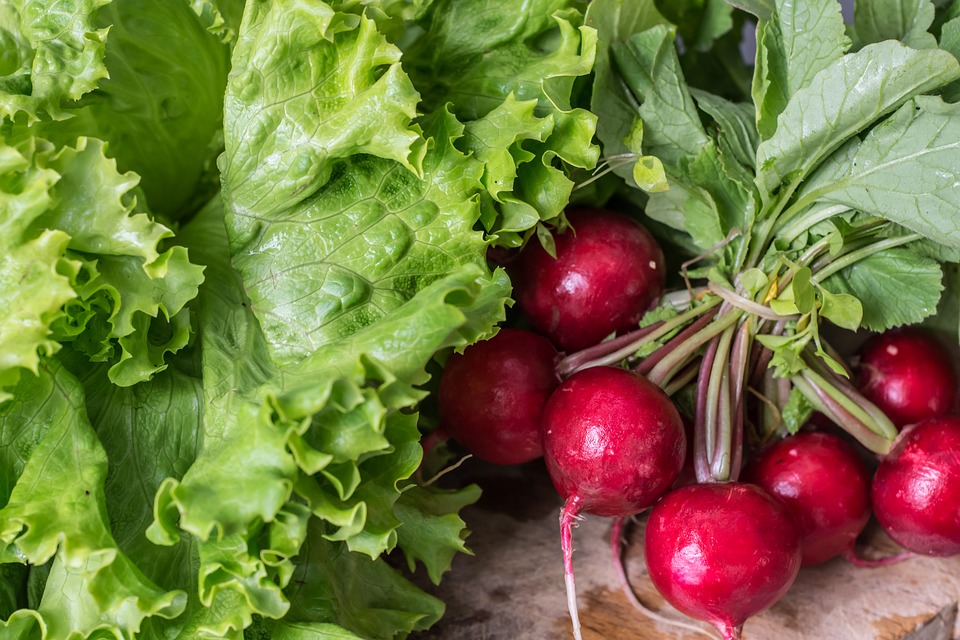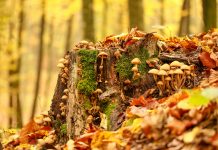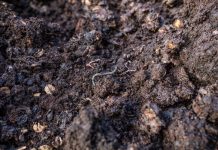This series of articles is about growing food at home, previously we have discussed Reasons to grow your own food and How to grow your own food. In this article, we will learn about growing winter vegetables.
It’s October, winter is approaching – and once winter arrives, you will have to give your flower beds a break. But what if I tell you that you can still grow some yummy winter vegetables in the cold weather? Growing winter veggies might feel like an intimidating task, but you should give it a try. It would be amazing to harvest all the ingredients for making a home-made salad from your yard. Winter vegetables don’t require as much attention and management as summer vegetables. It is because the winter vegetable plants are hardy and slow-growing. So, you’ll not have to do much work except for the actual harvesting.
By following the below-given guidelines, you can grow food for yourself that you can use all through the winter season:
Perfect Location
By choosing the right location, you can grow them easily. The chance of success even gets higher when you do winter gardening in various spots simultaneously. With this practice, you can minimize the overall risks.
Condition Your Soil
As the fall approaches, the temperature gets down, and the air and soil become moist. We also see fewer insects and weeds at this time of the year. And if you want to speed up the melting of the snow in your garden, you may apply ice-melting products such as Rock Salt Supply. So, you can grow many of the winter vegetables in your home quite easily. However, they need healthy and nutritious soil to develop properly. That’s why it’s important to add some fertilizer in your garden soil while preparing it for the winter season.
Moreover, it’s a good habit to always fertilize your garden right after the harvest. The organic matter or compost is the best choice to enhance the productivity of your garden soil. The addition of well-decomposed organic matter or compost will increase the amount of humus and nutrients in the soil. Mix amendments properly in the soil by using a garden fork. Now, your vegetable plants will love to grow in this high-quality soil.
Raised Beds
The key to growing winter vegetables successfully is that your soil stays warm enough for the growing plants to reach maturity. The easiest way to ensure this is by using raised beds as it allows the sun to warm the soil more quickly. Make some raised winter planting beds at least 3 to 4 inches high and slightly inclined towards the south. The southern exposure warms your garden soil throughout the day and directs cold wind away from your winter vegetables. The length of beds for winter veggies can vary but keep the width under 3-4 feet (36-48 inches). It will make it easy for you to access and manage your growing plants.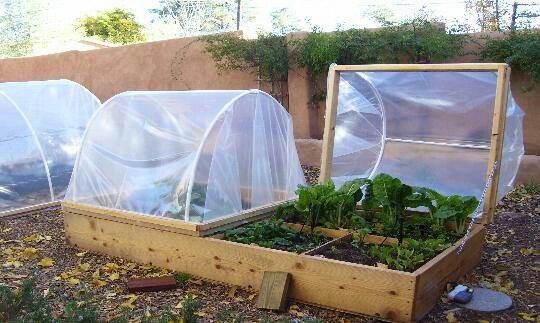
Winter Growing Vegetables
There are many winter vegetables that you can grow in your garden. If your local area’s climate is much colder, then it’s best to pick hardy vegetables that can endure the cold, temperature fluctuations, rain or snow, and darkness. Some of the easy growing winter hardy vegetables are the following:
- Carrots
- Radish
- Beetroot
- Parsnips
- Rutabaga
- Peas
- Onions
- Cabbage
- Kale
- Lettuce
- Spinach
- Turnip
Planting Winter Vegetables
You can sow the seeds indoor into seed trays or directly into the selected site, depending upon the vegetable’s nature. Some vegetable seedlings don’t perform well when transplanted. They like to start and end at the same spot because of their delicate root system. Examples include radish, carrot, peas, turnip, and spinach, etc. Simultaneously, others perform well when their seedlings are transplanted, i.e., cauliflower, cabbage, broccoli, lettuce, kale, etc. You can buy their seedlings from a local nursery or grow their seeds indoor. Plant the seeds at the same depth as the seed’s size, i.e., a seed of 1 cm size should be planted 1 cm deep. You can transplant them outdoor after 4-6 weeks. Remember to harden off your seedlings before transplanting. Lastly, grow tall plants in the north side and short plants in the south, so that tall ones don’t shade the shorter plants. One can also choose Shade Cloth Structures in order to get the right amount of sunlight for the plants.
Water Wisely
Watering the winter vegetables is always a tricky task. Water your growing plants when soil is dry to touch, and the temperature isn’t below 40 oF (4 oC). The best time to water your winter vegetable garden is during the warmest hours of the day. In winter, the roots absorb moisture slower than summer, so the warmth helps keep it flowing through all plant parts. Moreover, during colder days, don’t apply warm water, thinking your veggies will benefit from it. Warm water can put them in shock, so it’s best to use the water at the same temperature as the ground.
Protect your Winter Vegetables
There are numerous strategies to protect winter growing veggies. The measures you take will depend upon your local climate and average coldest winter temperatures.
- Apply layers of mulch, like coarse compost and straw generously, to plant beds. It will protect soil from pouring rains and insulates soil temperature.
- You can use a floating row cover that defends against frost. It protects growing plants from cold cracks by insulating the soil and trapping heat.
- Creating a windbreak can give your plants added protection. You can place mini fences, layer bricks with space into a low wall, or put shade cloth around the growing veggies. It helps to keep the wind away from delicate young plants.
- If you live in the coldest climates, you can use a combination of these tactics to protect your growing vegetables from harsh weather.
Harvest Your Winter Vegetables
Winter vegetables may take a longer time to get mature due to the little amount of daily sunlight. However, keep monitoring your vegetable garden for signs that show that the produce is ready to harvest. Some winter vegetable plants provide a couple (or more) of harvestings during their growing season. For example, you can harvest young and tender leaves of lettuce, spinach, swiss chard, and parsley repeatedly throughout the growing season. Similarly, you can cut the head off the broccoli stalk when it is not quite full-sized. The stalk will then have time to produce two or more small heads before winter gets harsh. Some other winter vegetables provide a single harvest like carrot, radish, etc. The best time to pick your vegetable is when it matures, i.e., attains proper size and looks good enough to eat. Harvest just before the frost, when the weather is still dry.
To Sum Up
Despite the coldest temperatures and the shortest days, winter provides a gardening opportunity suitable for many hardy vegetables. Consult your local seed companies for vegetable varieties suitable for your area and start planting according to the above-provided instructions!
Good luck growing veggies in winter!
Image Links
https://www.pinterest.com/pin/120330621267665889/
https://www.pinterest.com/jentomasi/_saved/
Growing Seedlings for My First Veggie Garden
https://www.pinterest.com/pin/120330621267665889/


